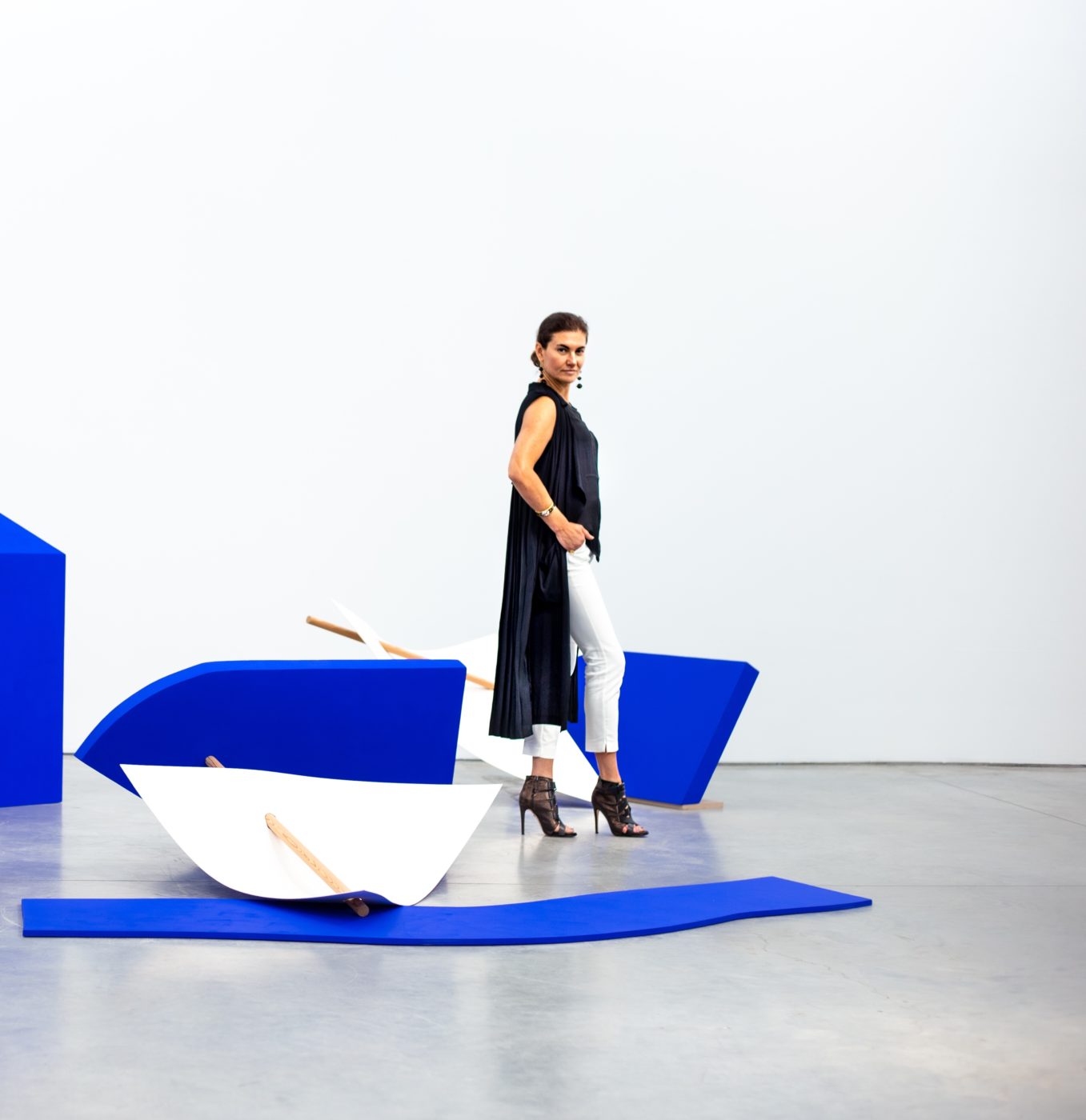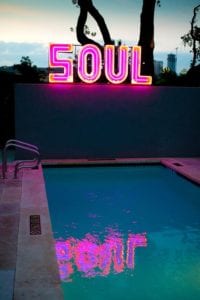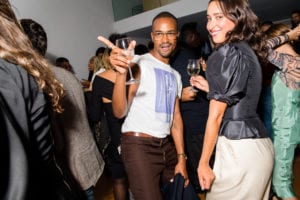This month for our #ArtPowerWomen series, we sat down with Brooklyn-based Sara Jimenez, an American artist who grew up navigating multiple origins as a culturally and racially mixed American. Reflecting this fragmented experience, her multimedia, often immersive, installations are charged with allusions to the absent. Most recently, she undertook sculpting history. She cuts, tears, and pastes pages from 18th- and 19th-century narratives about the Philippines into the architecture of her fictional landscapes. These U.S. texts, meant to educate Americans about their new colony, are fraught with false dichotomies like “familiar” versus “dangerous”.
Through her reimagined spaces, Jimenez collapses traditional ways of looking backwards and forwards, challenging us to fill historical gaps in new ways. We caught up with Jimenez to discuss her practice, what it means to navigate histories and multiple origins, and what she has coming up next.
Art Zealous: Currently based?
Sara Jimenez: Brooklyn, NY
AZ: Favorite time of day to create work?
SJ: During the day between 11-4 pm, but I’ve recently discovered that I get a second wind around 9:30pm/10pm and then like to work until 12 or 1 am.
AZ: Zodiac sign?
SJ: Cancer
AZ: Drink of choice?
SJ: Iced Americano with whole milk and stevia or double espresso with same condiments.
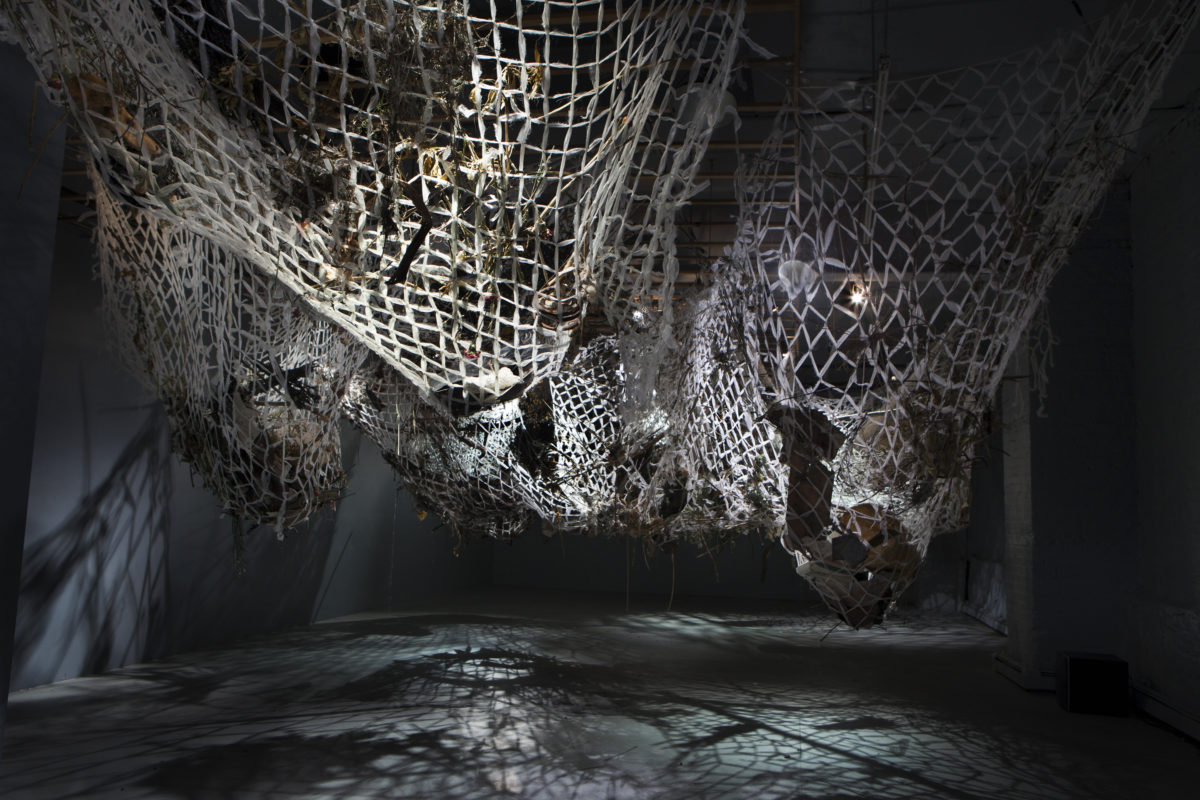
AZ: You were born in Canada and grew up in a racially mixed household with six younger brothers in white suburbia. Can you share more about your background and upbringing and how it has influenced your work today?
SJ: In suburban Maryland in the 1980s/90s, there were not a lot of racially mixed families. I grew up in an area where there was not a lot reflected back to me in a way that felt identifiable. Also, when I was asked about my background, there was never a concise, linear narrative I could provide that fit into the familiar paradigm of that place. Most of the time, those I met were confused about the relationship between my “Asian” presenting appearance, my Spanish last name, and my white mother. Many times others assumed I was Chinese and spoke a Chinese dialect. Yet when I went to the Philippines, I was told I looked white, that I was American, and that I did not look or seem Filipina. So from the start, I had the embodied experience of being in between categories, and not fully belonging to any one place. This was how I started to think about the complexity of identity politics and the lack of visibility of particular kinds of narratives and histories.
AZ: When you first visited the Philippines, what was it like? How did you feel?
SJ: I was very young when I first visited. My family used to travel there with me every other year since I was a baby. We always traveled around Christmas time so I always associated the Philippines with family and holiday. Since I visited there from a young child, it always felt familiar to me. I don’t really remember how I felt as a young child there.
AZ: What does it mean to navigate histories and multiple origins?
SJ: I believe that I am always navigating histories. The way I perceive the world, my sense of self in my surroundings, have all have been shaped by my past. When I refer to the past, I don’t just mean the immediate past that I can remember, but also past generations. However, when I look back to written texts to understand what came before me, it is never a clear, linear story that makes sense. The way history has been written is always from a particular perspective by those in power. When I research, I feel like I am looking at jigsaw puzzle pieces that don’t all fit. I am continually uncovering and being directed to gaps in the predominant historical narrative, which only leads me to more digging.
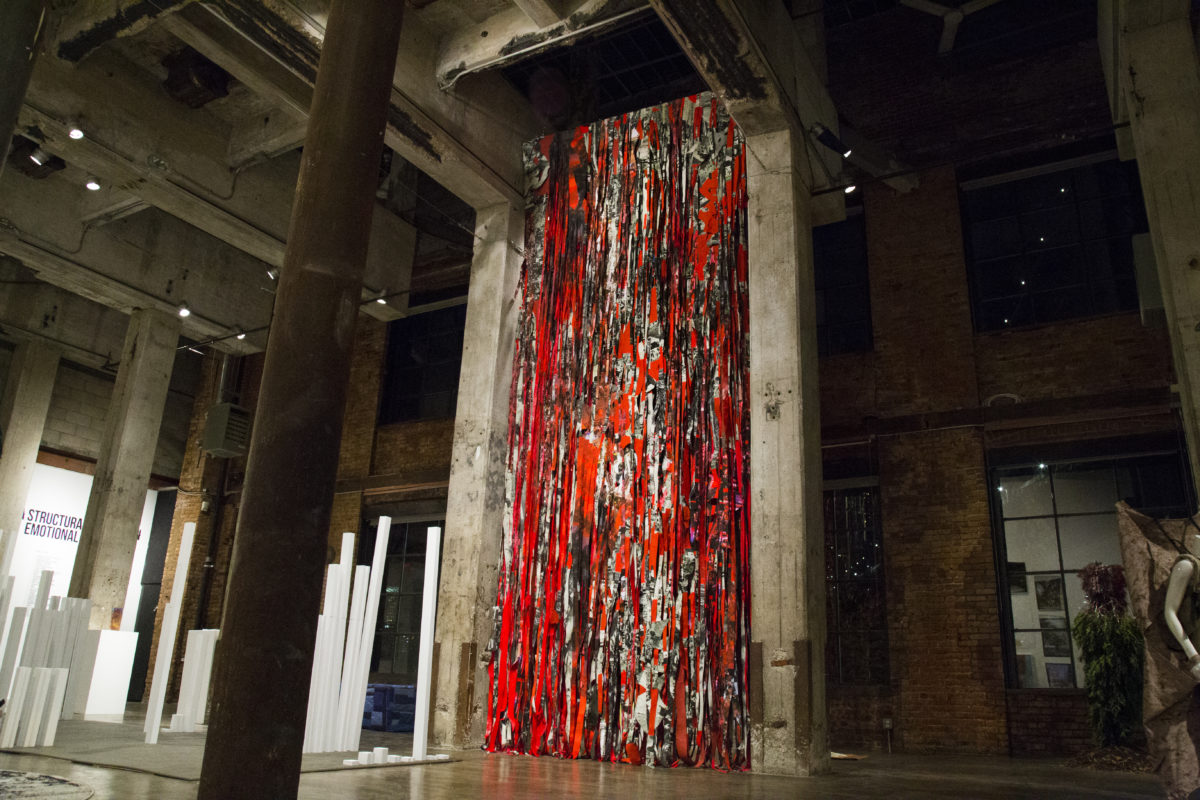
AZ: When did you start digging through the history of the Philippines? At one point did you realize you wanted to create a narrative around what you had found?
SJ: My father always told me about the history of the Philippines; he is a big history buff. Back in 2012, I went back to the Philippines to visit my Lola, his mother. While I was there, I interviewed her life story in a series of video works. I learned so much about her life, but also about the events that happened in the Philippines. After she passed, I became more curious about doing more research about the history of the Philippines itself. The more I learned about the history, the more questions I had. A couple of years later I found a book during one of my library escapades called “Our Islands Their People” (1899) written by the US about their first colonies. It’s a strange, physically large, imposing 2-volume text with photos and writings about each of the overseas territories post-Spanish-American War. The text is incredibly problematic. I was drawn to the façade it presented and the way photos framed and erased particular bodies and narratives.
AZ: Did you always want to be an artist?
SJ: Yes ever since I can remember, I’ve always been a maker – thinking about the world and understanding the world through making weird things.
AZ: Many of the materials you work with (abandoned objects, debris, compost, colonial texts and photos from the Philippines, etc. are discarded objects, is there something about using items that once served a different purpose that satisfies you?
SJ: Every material has a history. It is integral to my work that the materials I use relate to my projects conceptually and metaphorically. In the recent projects I have been working on, I have been taking scans and prints from colonial texts, and then cutting, painting, and rearranging the papers to create sculptures and installations. Some of the sculptures are fragments of fantastical fictional landscapes. The idea of landscape changes completely once you know that the material is from American colonial texts. If the landscapes were just made of bought construction paper, for example, that historical charge, and accompanying references to military and camouflage would not exist.
AZ: When we read your artist statement, we were so struck by the term “transcultural memories.” Could you elaborate further on the meaning?
SJ: When I think about transcultural memories, I think about experiences and relationships that are formed in hybrid spaces. I like thinking about ‘transcultural’ rather than just ‘cultural’ memories because the ‘trans’ indicates movement and an unfixed quality to culture. I feel like the word ‘culture’ can be used as a blanket statement that implies an otherness that is fixed, whereas ‘transcultural’ feels like there’s space for all the things we associate with ‘culture’ to blend and unfold and mix and be in relationship to one another. I always am trying to find and play with language to refer to these ideas I’m exploring, and find there’s always a limit or inevitable failure at some point to linguistically capture what I’m experiencing. But I keep trying! Ask me in a year, and we can see what my answer is then too…
AZ: You make work in many different mediums (drawing, sculpture, performance, etc). Do you have a favorite?
SJ: Each of the mediums I work in informs the other. I don’t have a favorite; I enjoy moving between each of them. The way I perform influences how I create sculptures and vice versa.
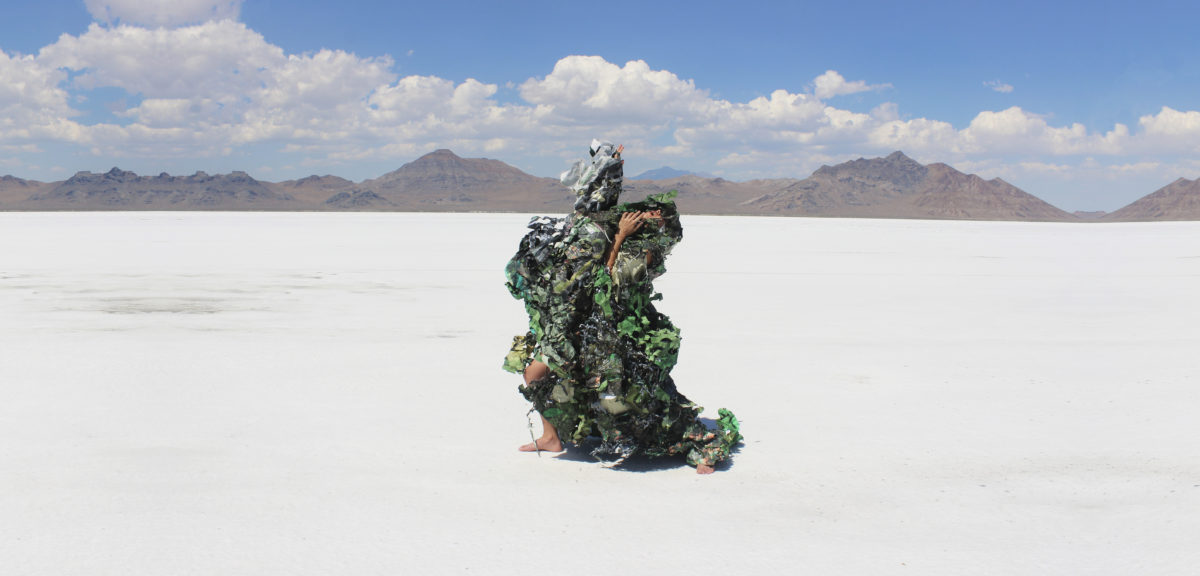
AZ: Your immersive environments are for lack a better word, breathtaking and you have an installation on view on Wave Hill, can you tell us about that?
SJ: At Wave Hill, I have a new immersive installation called “The Edge of Dwelling.” The installation is made from paper-mâché. It is a fragmented cityscape that is collaged together from images of different colonial sites in the Philippines. It is meant to be disorienting and surreal.
The walls and floors are covered with paper, and the room is filled with paper sculptures that are shaped to look like a hybrid of architecture, bodies, and rock formations.
The images on the papers are of photos of colonial architecture from American texts. Primarily the images come from “Our Islands, Their People” as well as a book by zoologist/public official Dean Worchester called “The Philippines Past and Present.”
AZ: We recently caught wind of your Art Omi residency (congrats!), can you share any details?
SJ: I start in June and am incredibly excited!
AZ: Please share one piece of advice for young artists?
SJ: Don’t give up. Try everything. Experiment. Take risks. Let yourself fail. Keep going and make sure you have an authentic, fun, deep, loving art community to be with you on the journey so you can support and help each other along the way.
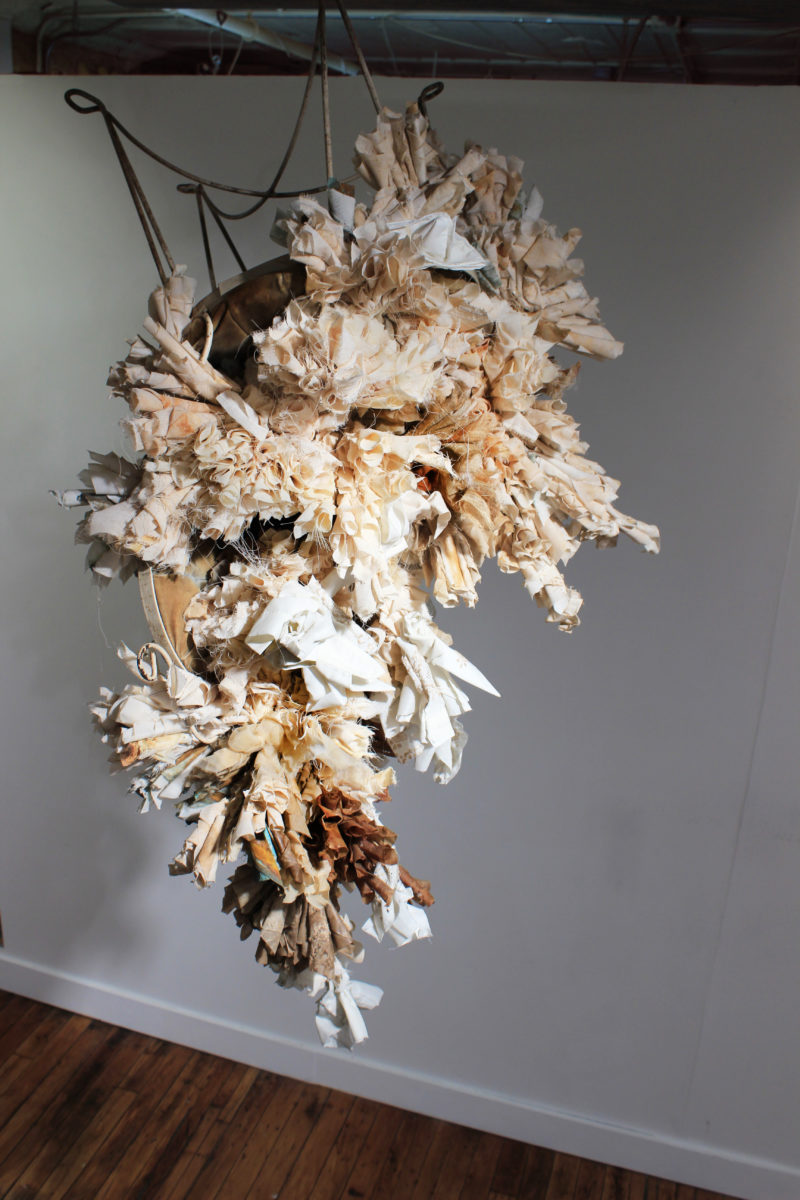
AZ: What do you have coming up next?
SJ: At Wave Hill there will be an artist talk on May 5th, and I’ll be doing a workshop on June 8th with meditation instructor Kate Johnson. There will also be a final performance on July 14th. I will also be performing in Ernesto Pujol’s performance called “The Listeners” which will be in late June. Finally, I have a couple of studio visits coming up, so there will be some exhibitions in the fall that I will keep you posted on.
AZ: How can we stay in touch?
SJ: sjimenezstudio@gmail.com, @saraegj
You can view more of Sara’s work on Curatious.
#ArtWomenSeries is a pro bono collaboration with Curatious and GirlSeesArt that highlights talented unrepresented women artists. To be considered for the series, post your work with #artpowerwomen.

